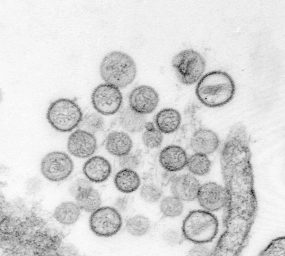
Let's talk about the All-Black towns of Oklahoma & how it could have been a majority Black state.
Oklahoma Territory formed in 1890, at a time when Blacks living in Jim Crow South were persecuted. Many relocated to urban centers in the North where they were minority population.
Oklahoma Territory formed in 1890, at a time when Blacks living in Jim Crow South were persecuted. Many relocated to urban centers in the North where they were minority population.

The idea of a "homeland" within the US that would be Black majority was popular; locations without existing white majority populations.
One champion for Majority Black Oklahoma was Edward P. McCabe, a prominent Black lawyer, politician, clerk from Kansas.
One champion for Majority Black Oklahoma was Edward P. McCabe, a prominent Black lawyer, politician, clerk from Kansas.

He organized a plan (~1881) involving 25 All-Black cities to be settled in Oklahoma territory. He hoped to swing political power to allow himself to be voted Governor of the newly created Majority Black state & government. 

He purchased land near Guthrie, OK and established the city of Langston, with land set aside for "Oklahoma Colored Agricultural and Normal University", today Langston University, the only historically Black university in Oklahoma. 

You're no doubt familiar with "Black Wall Street" in Tulsa's Greenwood District. It was settled as part of the same effort as a Black only community by entrepeneur O. W. Gurley.
The community was wiped out by a white mob burning the entire community down with huge loss of life.
The community was wiped out by a white mob burning the entire community down with huge loss of life.

So why did it fail? Black settlers were hesitant to make the move, and not all of them had the capital to start a new life in dry country farming country.
The Great Depression & Dustbowl ended some communities here, but others survived.
The Great Depression & Dustbowl ended some communities here, but others survived.

Oklahoma is the state with the most historically all-Black communities, a monument to the idea of a Black homeland, free of persecution. It didn't end the way the architects of the movement hoped, but it left a lasting impression on the state that persists today. 

13 of the original 25 all-Black Oklahoma cities still exist, and are worth exploring, if you have an interest in a unique chapter of history.
You can read more here: okhistory.org/publications/e…
=Fin=
You can read more here: okhistory.org/publications/e…
=Fin=

• • •
Missing some Tweet in this thread? You can try to
force a refresh















